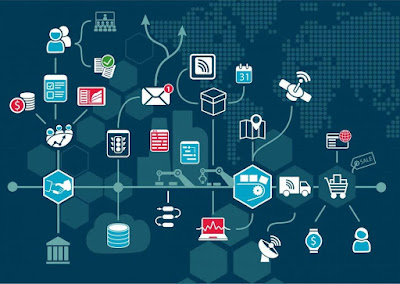Edge Computing
What is edge computing?
In the beginning, there was One Big Computer. Then, in the Unix era, we learned how to connect to that computer using dumb (not a pejorative) terminals. Next we had personal computers, which was the first time regular people really owned the hardware that did the work.
Right now, in 2018, we’re firmly in the cloud computing era. Many of us still own personal computers, but we mostly use them to access centralized services like Dropbox, Gmail, Office 365, and Slack. Additionally, devices like Amazon Echo, Google Chromecast, and the Apple TV are powered by content and intelligence that’s in the cloud — as opposed to the DVD box set of Little House on the Prairie or CD-ROM copy of Encarta you might’ve enjoyed in the personal computing era.
As centralized as this all sounds, the truly amazing thing about cloud computing is that a seriously large percentage of all companies in the world now rely on the infrastructure, hosting, machine learning, and compute power of a very select few cloud providers: Amazon, Microsoft, Google, and IBM.
Amazon, the largest by far of these “public cloud” providers (as opposed to the “private clouds” that companies like Apple, Facebook, and Dropbox host themselves) had 47 percent of the market in 2017.
The advent of edge computing as a buzzword you should perhaps pay attention to is the realization by these companies that there isn’t much growth left in the cloud space. Almost everything that can be centralized has been centralized. Most of the new opportunities for the “cloud” lie at the “edge.”




















No comments: